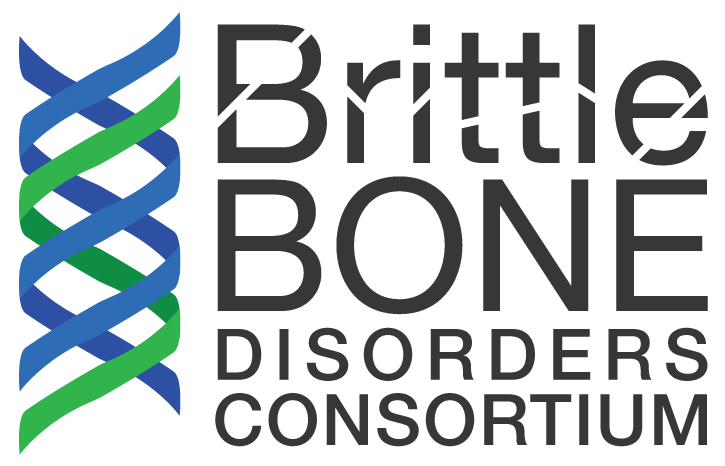Skip to main content
- T-Score: One method of reporting the results of a bone density test. BMD is compared to two norms, "young normal" and "age-matched." Young normal, known as your T-score, compares BMD to optimal or peak density of a 30-year old healthy adult. Fracture risk increases as BMD falls below young-normal levels. Age-matched, known as your Z-score, compares the individual's BMD to what is expected in adults of the same age and body size.
- Transcription Factor: A protein that activates gene expression.
- Type 1 Collagen: The major structural protein which functions as a significant part of the underlying structure of bone, ligaments, skin and other connective tissue.
- Type I OI (OI Type I): The most common and the mildest form of osteogenesis imperfecta (OI).
- Type II OI (OI Type II): The most severe form of osteogenesis imperfecta. Infants are usually born with multiple fractures, an unusually soft skull, an unstable neck and are quite small. Almost all infants with Type II OI die at or shortly after birth, often due to respiratory problems. In the newborn period, it can be difficult to distinguish between Type II and severe type III OI. Very rare exceptions of true Type II infants with longer survival have been reported.
- Type III OI (OI Type III): A severe form of osteogenesis imperfecta that is sometimes referred to a "Progressive Deforming OI." Common signs include short stature, fractures present at birth, progressive long bone deformities, spinal curvature and barrel-shaped rib cage.
- Type IV OI (OI Type IV): Sometimes referred to as the "moderate" form of osteogenesis imperfecta. It is in between Type I and Type III in severity.
- Type V OI (OI Type V): A recently identified form of osteogenesis imperfecta. It does not appear to have a collagen defect and is characterized by a dense band adjacent to the growth plate of the long bones, development of unusually large calluses at the sites of fractures or surgical procedures and calcification of the membrane between the bones of the forearm.

